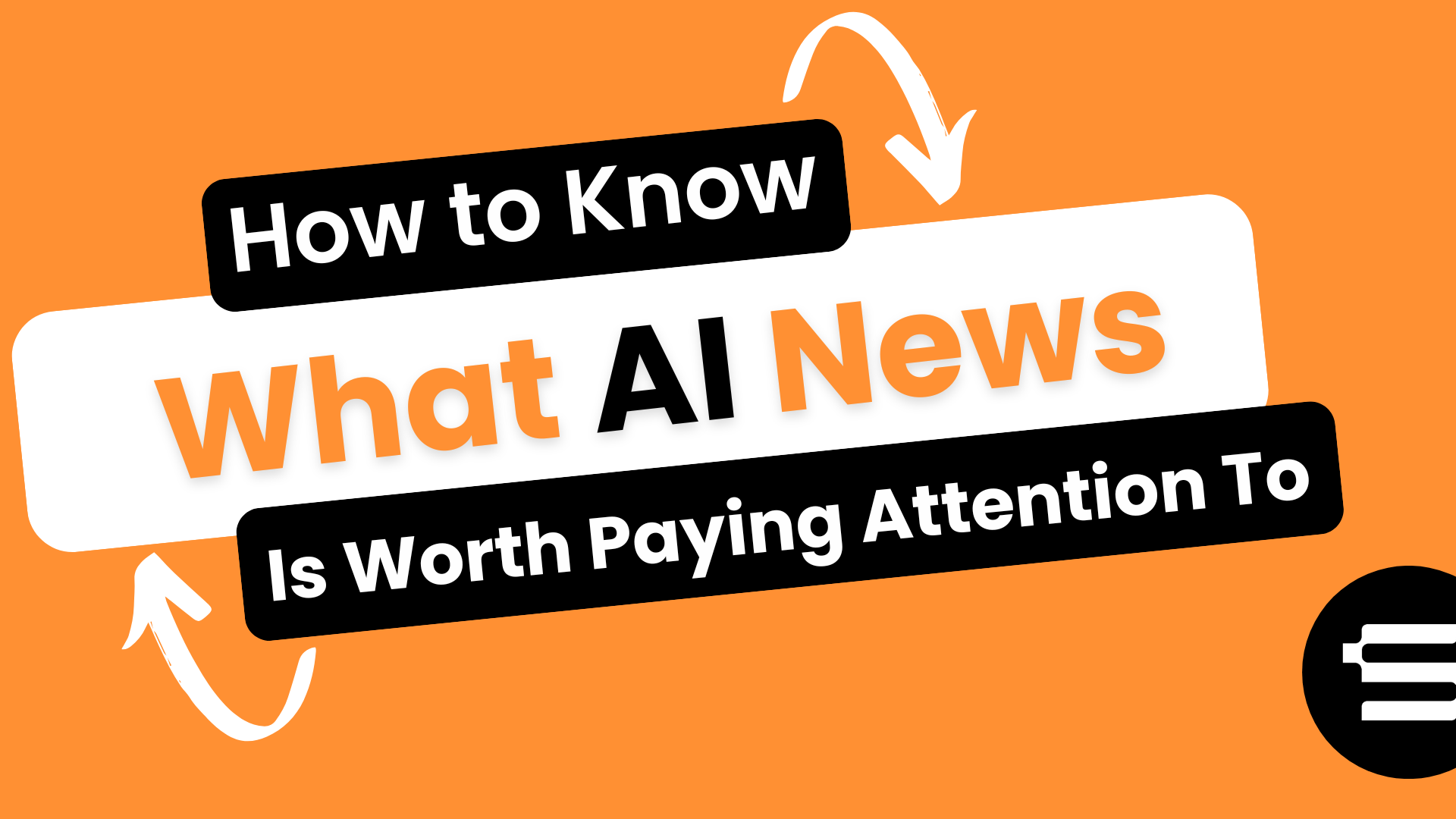The Evolution of Search: How Google's Multitask Unified Model (MUM) Impacts SEO
It's no secret that in the past couple of years, search has changed drastically. Algorithm updates and the prevalence of Generative AI force us to adjust our approach to SEO. Alongside these changes, was the announcement of Google’s Multitask Unified Model (MUM) in 2021. Today, its importance and relevance is evident as its multimodal and multilingual abilities align closely with the current focus on generative AI, demonstrating how large language models can be applied to complex, real-world information retrieval tasks like we see with AI Overviews.
You may be thinking, good lord, another acronym to remember. Don’t worry, by the end of this you’ll understand the following:
- What MUM is
- What it means for you
- What adjustments you should make today
- What you can expect in the future
Let’s get into it.
MUM's the Word
So what is Google’s Multitask Unified Model? In simple language, it is an AI model that was designed with the intention of improving the search experience. How? Well, it's all related to Google’s ability to understand complex queries, which in the past hasn’t been its strong suit. But now, that has changed. You see, this AI model combines information across different formats, such as images, video, audio, and text to better understand and process complex queries. What does this mean? Well ideally, less friction in the search experience for users. Before we move forward, let’s break down the core features of Google’s Multitask Unified Model (MUM.)
- Multi-modal understanding: As we highlighted earlier, MUM can process information across multiple formats. In doing so this allows it to better understand data from different sources and provide users the answers they need.
- Language understanding: MUM can translate information across 75 different languages. This allows it to pull in information from sources in different languages.
- Contextual understanding: MUM can better understand the context of queries and deliver information that’s not just related to the direct query but also information that’s related contextually.
Okay, But How Does MUM Impact Search?
Think about Search as it existed three to five years ago. A user searches for “CRMs for small businesses” and they’re presented with a list of what Google deems the best results for this query. In an ideal world, the user finds what they are looking for, and that's that. But what happens more often than not, is that the user isn’t satisfied with the answer, and they refine their search. This creates friction. Which isn’t good for the users, and face let's face it, doesn’t bode well for Google either.
MUM is set to reduce the need for multiple queries because it’s able to approach the query from multiple aspects. In turn, this also means that users will most likely find the information they need without the need to click on your website. Let’s look at an example:
Pre-MUM
A small business owner searching for “CRM for small business” would be met with the following results:
- Lists of top-rated CRM software
- General articles about CRM benefits
- Maybe some pricing information
The problem? The user would then need to perform additional searches for implementation, integration, and specific features.
Here’s what the experience looks like Post-MUM
Post-MUM
- Tailored comparisons
- Expert recommendations
- Video
- Related queries/information (we see this already with Things to Know and PAA in SERPS)
Feeling doomed? Don’t worry, it’s not the end of SEO.
What Does This All Mean?
This means that the SEO landscape has been fundamentally altered. But this doesn’t just affect SEOs, brands as a whole. If you’re doing it right, SEO doesn’t work in a silo, so this shift will likely mark a change in how several marketing functions operate. Let’s take a look at what this means for brands.
Traditional SEO focuses on individual queries with optimization focused primarily on the text on the page. But MUM introduces the need to think beyond individual queries and more of the user/prospective customer and their journey as a whole. So what do brands need to do? That’s what I’m here to share.
Turn Keyword Research into Topic Research
Traditional SEO focused on specific keywords and phrases. However, an approach that adapts to the changes MUM will bring emphasizes broader topics and user intent. What does this mean? It means that brands need to create content that covers topics comprehensively, addressing the topic from multiple angles while looping in relevant subtopics.
How can one do this? Welcome to the floor, entity building.
Establishing key topics or entities that are relevant to your website, product offerings, or industry can hone in your focus on topics vs individual keywords. Let me show you what this looks like in practice with our previous “CRM for small business” example.
Key topics
- Small business CRM
- Customer relationship management
- Sales automation
- Lead management
- Customer support
Close semantic distance
- Customer data management
- Client onboarding processes
- Sales funnel optimization
- Customer retention strategies
- Marketing automation
- Sales pipeline management
Entity building will help improve your visibility in search as search engines move towards understanding the intent behind queries rather than just matching keywords.
For the sake of this article, we won’t dive any further here, however, there is much to be said about entity building and I highly recommend spending time here.
Think Multi-Modal
The days of purely text-based content are soon to be over. To stay relevant, brands must transition to optimization across multiple formats (images, videos, and audio.)
An approach that considers Google MUM will include strategic opportunities to introduce diverse types of content.
A great way we do this at Seer is with our proprietary tool SeerSignals. By uploading a keyword list, we can see the prevalence of different SERP features including videos and images. This data serves as clues to what mediums Google believes users want to see most for each query.
Don’t Forget About Structured Data
MUM makes schema all the more valuable. Ensuring each page on your website has the proper schema can provide additional context to Google and ultimately improve content understanding.
Tools like Screaming Frog can provide you with insights into the existing schema on your website, but to identify gaps, I recommend looking at competitors or simply visiting schema.org.
Speak Your Customers' Language
I’d like to think we all know that “CRM for business” isn’t really how users talk. When creating new content or optimizing existing content, take into account conversational search and the long tail queries your potential customers would be searching for. Analyze People Also Ask insights to see where you can update existing content to answer questions your audience is asking that are contextually relevant to your topic.
Become the Go-To Expert
In line with entity building, staying relevant in the age of AI and Google MUM will require building a repository of interlinked resources that establish you as the authority. This goes beyond Google Search. When creating content, think about shareability across platforms. Avoid the Sea of Sameness, and provide readers with value only you can provide.
Think of SEO Outside of Google Search
SEO doesn’t just exist in the context of Google Search. With the launch of Generative AI tools, your customers are likely to leverage these tools as part of their journey. Consider how you can optimize your presence not just in Generative AI tools but across platforms. There is an opportunity to create platform-specific content based on where your audience is. This could include creating how-to videos for YouTube, infographics for Pinterest, or professional articles for LinkedIn.
Go Where the Data Leads You
While there are some unknowns in SEO, there are several ways to see what is happening and uncover the why. Let the data drive you. Make use of what data you do have that can track behaviors across the various channels and formats. Look for patterns in how users interact with your content and how MUM interprets and ranks it. Be prepared to challenge long-held assumptions about SEO and content strategy if the data suggests new approaches.
Take a Customer-First Approach
MUM will only make understanding user intent even more crucial. To adapt to these changes you’ll need to address the full spectrum of users' needs and questions. Invest in user research to gain deeper insights into your audience, their pain points, preferences, and search behaviors. This information can then be used to create content that truly resonates with your audience across various formats and touchpoints. Remember, MUM aims to provide the most helpful and relevant information to users – align your content strategy with this goal to improve visibility and engagement.
Create Multiple Touch Points with an Omnichannel Approach
The capabilities of MUM introduce a need for a broader, more holistic approach to marketing. Alongside the realm of creating content in various formats, it’s important to consider what platforms your audience interacts with so you can be present there as well. An omnichannel approach not only takes into account the multi-modal capabilities of MUM but further reinforces brand identity and allows you to take users through a more engaging customer journey.
Foster Cross-Functional Collaboration
MUM's ability to understand and connect information across various formats and languages requires a holistic and broader approach to content creation and SEO. This makes collaboration between marketing, product, tech, and data teams essential for creating comprehensive, multi-format content strategies that align with MUM's capabilities. This will help your organization produce more relevant and authoritative content that performs well in MUM-powered search results.
Invest in Content Transformation
As we discussed, MUM has an advanced understanding of content across text, images, and potentially video, making it crucial to diversify your content portfolio. You must allocate resources to transform existing content into various formats and to create new, rich multimedia experiences. This can include developing infographics, explainer videos, or interactive tools that complement your text-based content, making your brand more visible and valuable in MUM's multi-modal search environment.
Enhance AI Capabilities/Usage
To fully leverage MUM's potential, organizations need to double down on their own AI and machine learning capabilities. Invest in tools and talent that can help you analyze vast amounts of data, predict trends, and automate parts of content optimization. This will enable your team to quickly adapt to MUM's evolving impact on search rankings and user behavior, maintaining a competitive edge in your industry.
Rethink What Success Looks Like in KPIs
As MUM changes how users interact with search results, traditional SEO metrics will become less relevant. Develop new key performance indicators (KPIs) that reflect the quality and depth of user engagement rather than just traffic or rankings. Consider metrics like time spent on site, multi-page sessions, or cross-format content consumption to gauge the effectiveness of your content strategy in a MUM-influenced search ecosystem.
Invest in Continuous Learning and Adaptation
The full impact of MUM is yet to be realized. Foster a culture of continuous learning within your organization. Encourage teams to stay updated on MUM's developments, experiment with new content strategies, and quickly iterate based on results. Consider partnering with AI research institutions, agencies spearheading AI, or hiring AI ethicists to ensure your strategies align with best practices and ethical considerations as AI-driven search evolves.
404: Traditional SEO Strategies Not Found
To put it simply, the search landscape is changing and will continue to, and it is time to begin preparing for what we know is happening and will happen.


